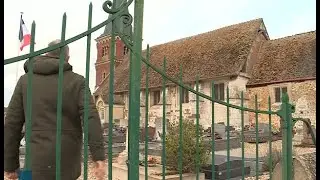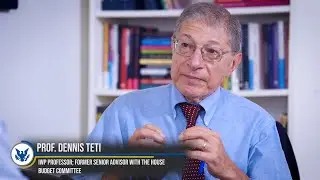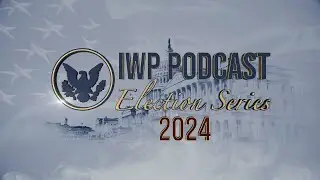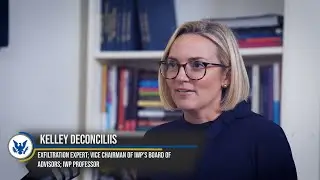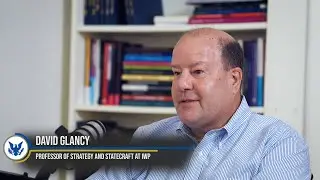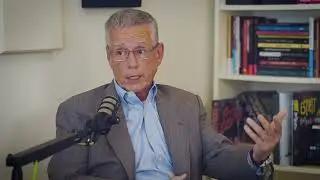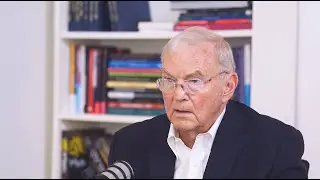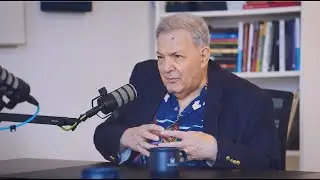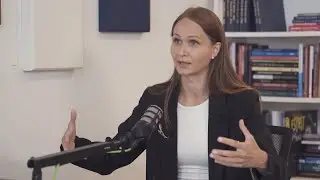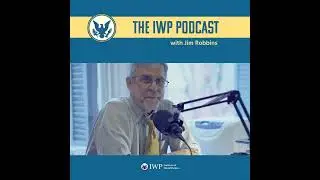Geography's Effect on the Invasion of Ukraine
Andrew Georgeff discusses Geography's Effect on the Invasion of Ukraine.
Russia invaded Ukraine over eight months ago and after their main thrust to take the Ukrainian capital of Kyiv failed, Russia has settled on occupying roughly 20% of the country. Throughout the invasion, geography has played a huge role in how quickly Russia has been able to take land, as well as where battle lines were drawn. The plains of the Kherson Oblast lent themselves well to a quick breakout from Crimea, but the Dnieper River caused the Russian army enough problems to stall, then stop, their advance. Regardless of the level of technology or manpower, the Russian army was able to bring to bear, it was still constrained by difficult terrain, geographical barriers, and impassable topography that prevented a hasty victory. Now, as the war starts to swing in Ukraine’s favor, Russia is attempting to use the same terrain that caused them so much trouble to stymie the Ukrainian military’s efforts by destroying bridges, digging in at natural choke points, and upping defenses across rivers. This lecture is going to observe how geography still affects modern warfare, how the Russian Southern army was able to defeat the bottleneck that was the Crimean land bridges, and how that same army was then repelled and slowed via holding action at the Dnieper River.
This talk is part of the 15th Annual Kościuszko Chair Conference, sponsored by IWP's Center for Intermarium Studies and Kościuszko Chair of Polish Studies.
About the Kosciuszko Chair of Polish Studies:
Originally established at the University of Virginia in 1998 by the American Institute of Polish Culture (AIPC) and Lady Blanka Rosenstiel, the Chair was transferred back into AIPC’s care after a period of inactivity until a suitable replacement could be found. Happily, following a nationwide competition among fourteen major academic institutions, AIPC decided that IWP was best suited to carry out the Chair’s mission. AIPC and IWP reached an agreement whereby AIPC pledged a $1 million challenge grant to IWP for the purpose of establishing the new chair. IWP matched that grant in 2019.
The Kościuszko Chair serves as a center for Polish Studies in the broadest sense, including learning, teaching, researching, and writing about Poland’s culture, history, heritage, religion, government, economy, and successes in the arts, sciences, and letters, with special emphasis on the achievements of Polish civilization and its relation to other nations, particularly the United States.
The mission of the Chair is premised, in part, on the belief that over the last several centuries, the written record of Polish history has been shaped by political forces inimical to Polish independence and culture: including the imperial powers that partitioned Poland in the 18th century, Nazi Germany, and the Soviet Union.
There are also a significant number of contemporary pundits and academics who, compounding the errors of the past, are further distorting the Polish record today. In light of this situation, the work of the Kościuszko Chair will serve as a valuable corrective of the historical narrative.
The accurate study of Polish history and culture serves several valuable purposes. One, of course, is to teach important lessons for the defense of liberty, both in Poland and the United States. These concern the nature and strategies of imperialist powers, including aggressive totalitarian regimes such as Nazi Germany and the Soviet Union.
The study of Poland’s past, with its five century-old noble democracy, elective monarchy, habeas corpus, property rights, religious liberty, and political freedom also yields vital lessons for the political health of free societies, particularly the United States and her people. Finally, Poland remains an important country today given its strategic position in Europe, its role in the defense of Western Civilization, and its affinities and alliance with NATO and the United States. Thus, the Kościuszko Chair will also take an active interest in Polish current events.


